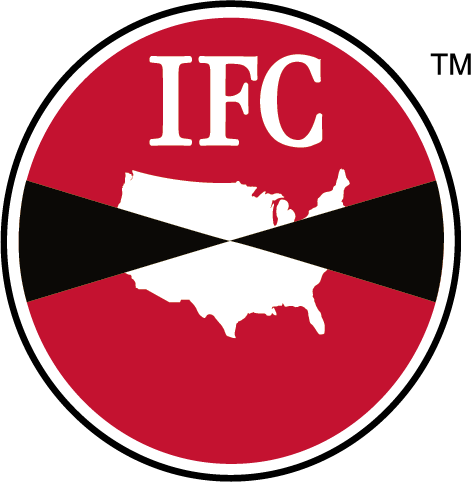IFC Resource Center
FACILITY PEST MANAGEMENT ARTICLES
5 Food Product Pests
Here’s food for thought: According to the USDA, as much as 10 percent of food produced in the United States is contaminated or consumed by stored product pests. Imagine all the failed audits, millions of dollars in lost sales, and reputation hits this leads to. It’s...
Pest Management, Fumigation & The Food Supply
Most people probably think of pest management or fumigation services as just getting rid of insects or rodents. It’s necessary, I guess, but not essential. Right? That’s where you would be wrong. Food processing plants, food distribution centers, and warehouses...
World Pest Day Recognizes Pest Control Industry’s Role in Protecting Public Health and Property
IFC educates homeowners and business owners on the threats pest pose to health and property Lenexa, KS (June 5, 2024) – World Pest Day, which takes place on June 6 each year, is an observance dedicated to recognizing and raising awareness for the role the pest control...
IPM in Pharmaceutical – IFC Can Help
IPM for Pharmaceutical Facilities In the pharmaceutical industry, IPM stands for the Institute of Personalized Medicine (IPM) which brings together investigators from different disciplines to study how genetics and environment affect a patient's response to...
How Fumigation Can Support Your Food Safety Program
Fumigation services can be an effective and cost-effective approach in your food safety program. This is especially the case when your food processing facility needs to reset pest population to zero. Let’s review some of the benefits of these services. How is...
3 Products to Utilize for Bird Management at Your Business
Birds can present a challenge for all businesses, and they can be difficult to control. It's crucial to prevent and control these pests as they can be a food safety risk in food processing, can affect audit compliance in many other industries, and present a safety...
3 Tools to Help Effectively Maintain Your IPM Pest Control Program
Maintaining a pest-free environment is of utmost importance in food processing facilities to ensure an effective food safety program. As a food safety manager, you play a critical role in addressing pest challenges effectively, and having the right tools at your...
3 Reasons Fumigation Services Benefits Your Food Processing Facility
Your food processing facility is highly regulated and must adhere to strict guidelines to maintain required levels of food safety and to stay audit ready. Pests such as insects and rodents can threaten your food safety program through potential contamination and loss...
The IPM Pest Control Solution to Your Potato Facility’s Pest Problem
Integrated Pest Management (IPM) is a comprehensive and proactive approach to pest management, utilizing strategies to prevent and reduce pest pressures. In your potato facility, pests such as insects, rodents, and birds can cause considerable damage to your potato...









